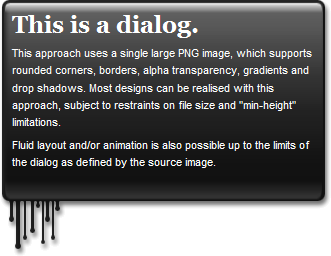Subversion Cheat Sheet
This Subversion cheat sheet was created during the initial setup of Subversion on Apache 2.0 on Windows and Mac OS X. A detailed tutorial covering most of the features of Subversion can be found in the online Subversion book. However, to make Subversion more useful for me, I created this Readers’ Digest version.
Checking Out a Project – svn checkout
To start using the version control features check out a project into your local working directory. This is done with the following command:
UNIX
svn checkout file:///repository_name/project/trunk project
Windows
svn checkout file:///d:/repository_name/project/trunk project
Network
svn checkout http://host_name/svn_dir/repository_name/project/trunk project
Reviewing Changes – svn status
To see what files you have changed or added to your checked out work, use the update command:
UNIX
svn status
svn status -u
This command will give you a listing of new files, files that have been changed, and files that have been deleted. New files or deleted files must be added or removed using the add and delete commands (see more below.)
Committing Changes – svn commit
Once you have added, deleted, or changed files or directories, you can then commit those changes to the repository. This command is pretty straightforward:
Network
svn commit -m "Saving recent changes" http://localhost/svn_dir/repository/project_dir
Updating Your Local Files – svn update
If you have a set of files checked out and would like to update them to the most recent version of files in the repository, use the update command.
Network
svn update
If there are newer files in the repository, they will overwrite any files you have locally. Before using this command, you may want to use the svn diff command to find out what the differences are between your local files and the repository.
Tagging Projects or Creating Project Specific Versions
Subversion does not track the version numbers for individual projects automatically. Instead, it tracks each update to the repository and tracks the versions of these updates. To create interim project releases, you must create “Tags” which identify a specify version of a project. This is done by making a virtual copy of a project in the tags directory. For example:
svn copy http://host_name/repos/project/trunk http://host_name/repos/project/tags/0.1.0 -m "Tagging the 0.1.0 release of the project"
This creates a sort of bookmark or snapshot which records the current state of the project. Then, you can checkout the project in this state at any time by simply referring to that release number.
To get a list of the releases for a project.
svn list http://192.168.0.4/svn/repos/prj1/tags
0.1.0/


